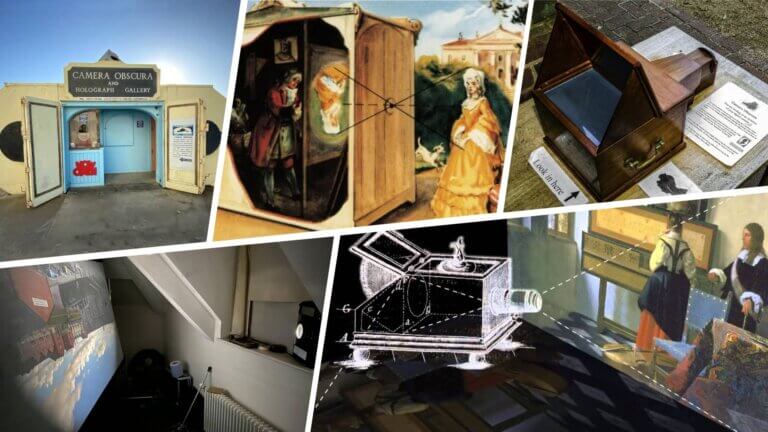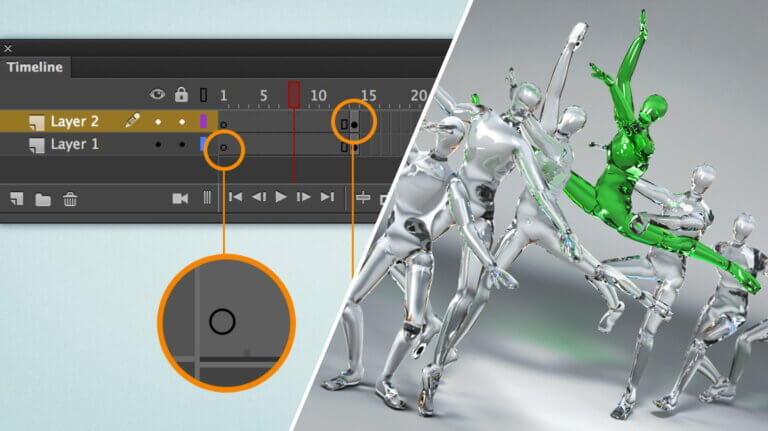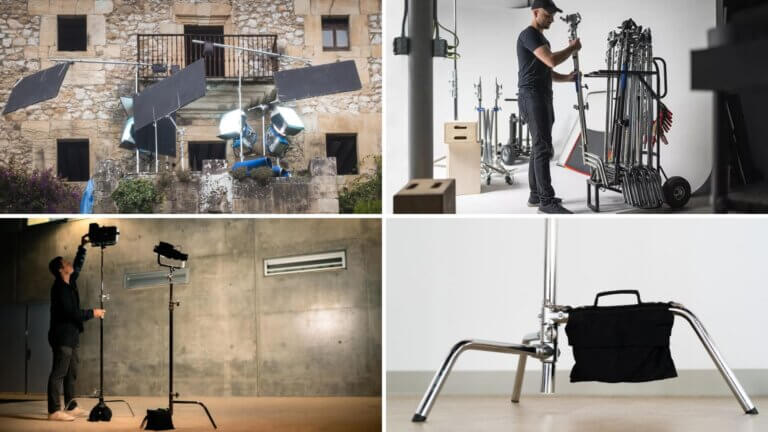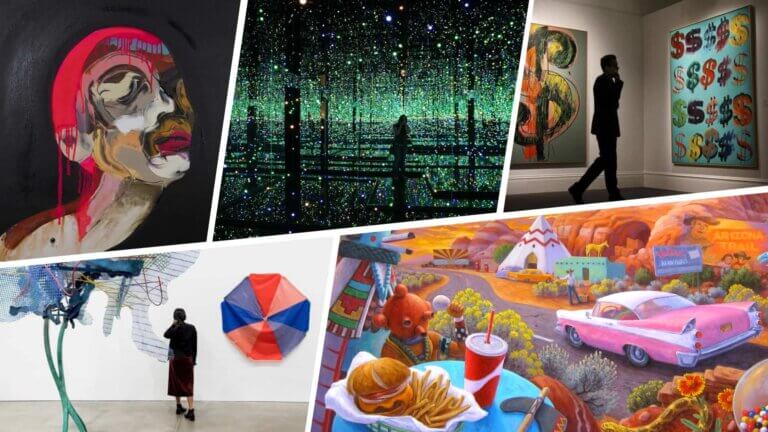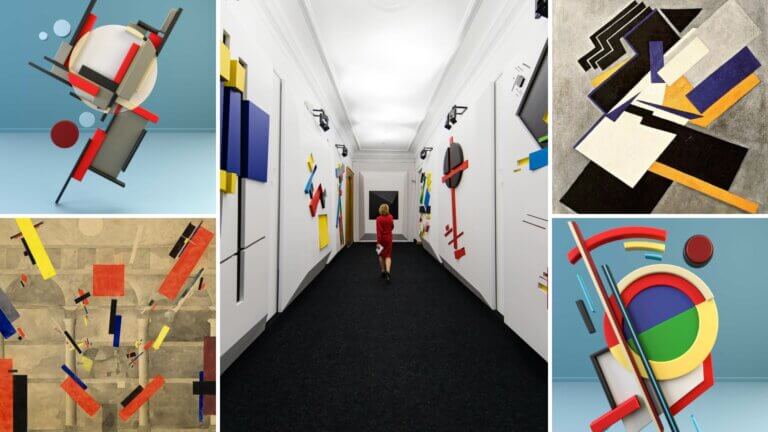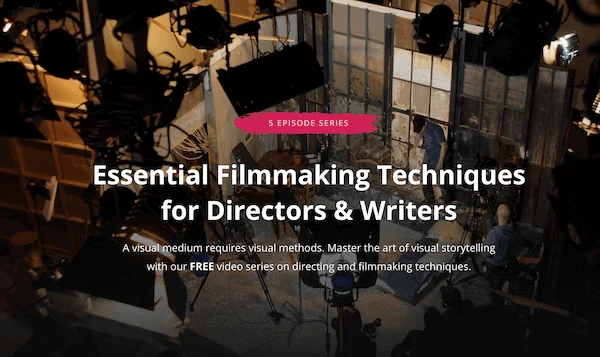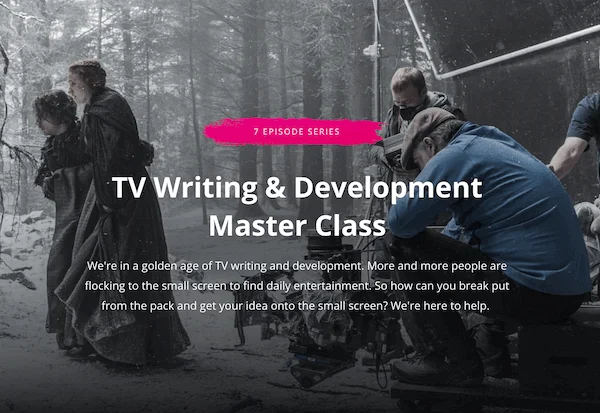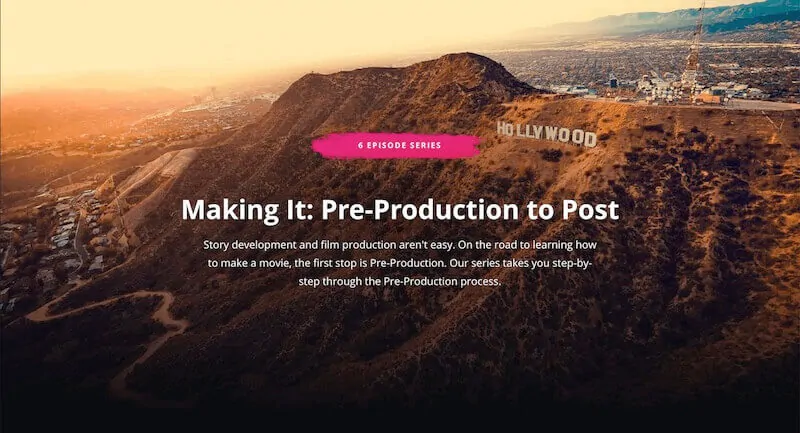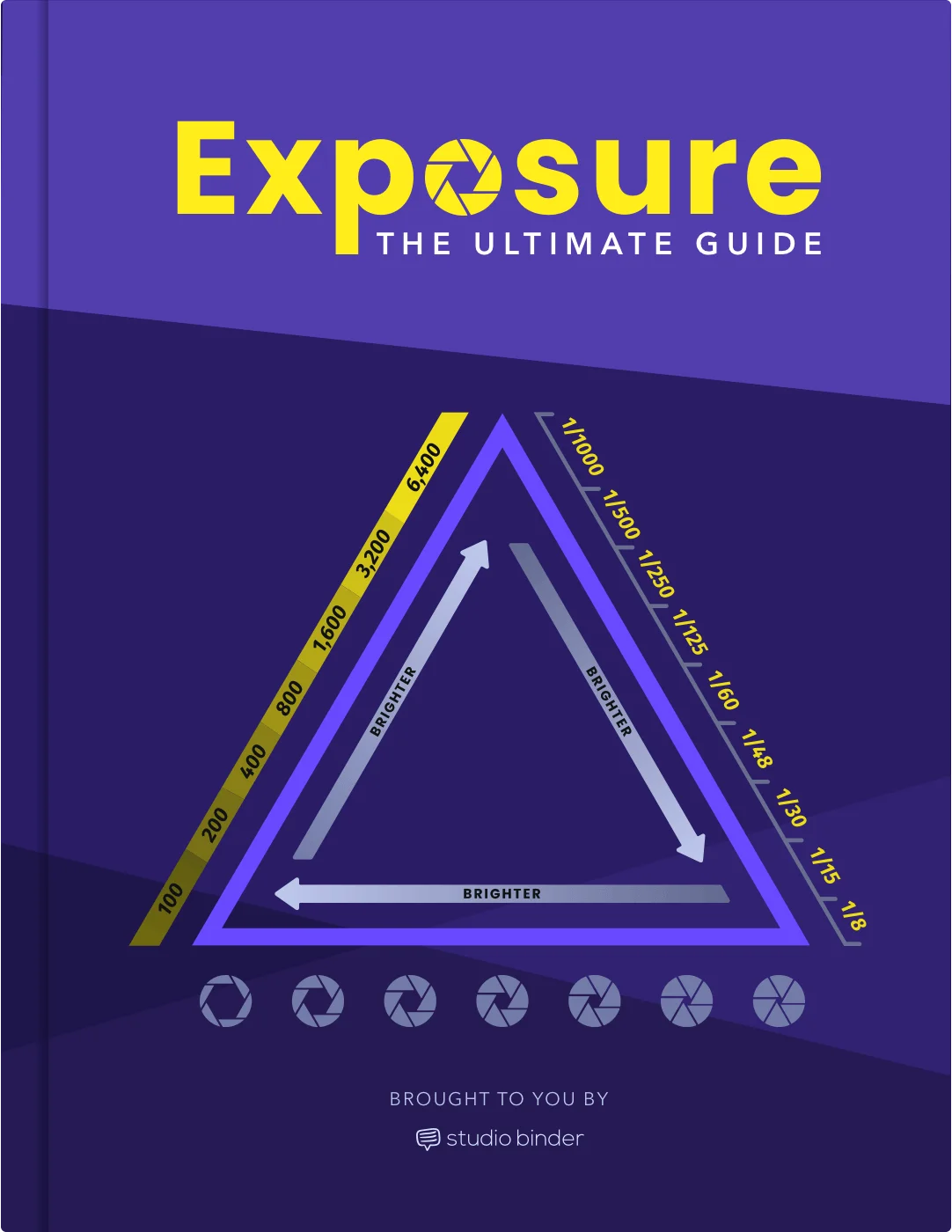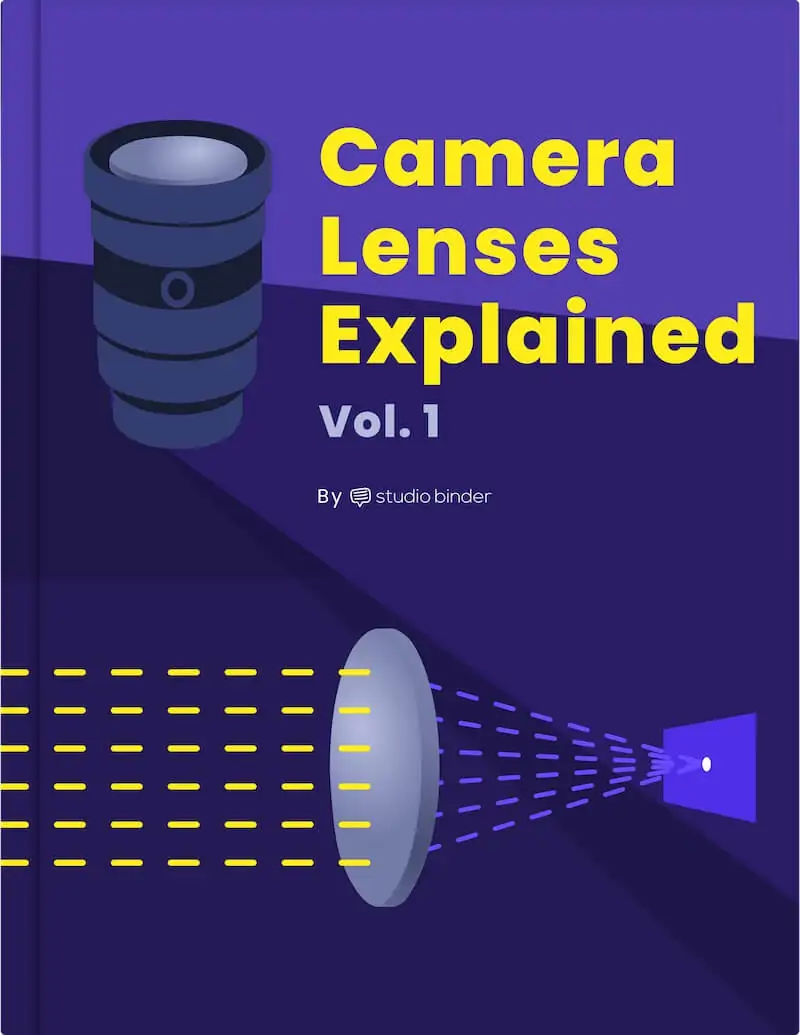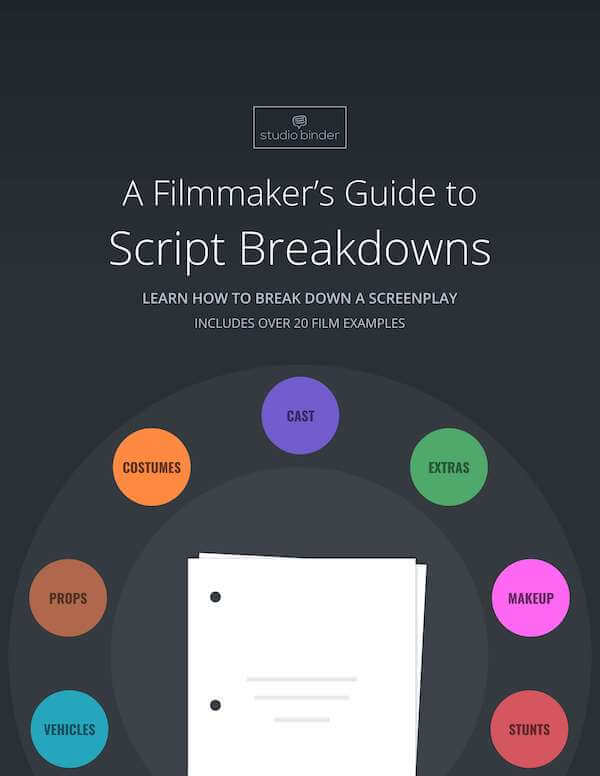Paul Thomas Anderson movies have evolved over the last two decades. His early films are chaotic and dramatic, built with extreme techniques and extreme performances. His later films have similar intensity, but it is often internal, more intellectual than physical. And his directing style has also become more mature and restrained.So far, P.T. Anderson only has eight feature films under his belt, but he has emerged as one of the most exciting American filmmakers. Let's take a trip through his filmography and find out what makes Paul Thomas Anderson movies so damn good.Continue reading Paul Thomas Anderson Movies and Directing…
What is a camera obscura? When was the camera obscura invented and who invented it? Many of us have heard the term… but what does camera obscura mean? We’re going to answer those questions by exploring their history, from prehistory to the modern day. We’re also going to show you how to create your very own "dark room" at home! By the end, you’ll know what a camera obscura is and why it’s so important.Continue reading What is a Camera Obscura — Definition, Origin & How It Works
Taking a great portrait isn’t about having a quality camera and attractive subject. It’s not even about wardrobe or location. If you mess up the lighting in your portraits, post production won’t always be able to save you. How can you nail it each time? Whether you’re taking school pictures or are shooting athletes for an ad, knowing how to master portrait lighting setups will pay off big. Continue reading Portrait Lighting Setup Guide — 8 Ways to Shoot Great Portraits
Have you ever wondered what exactly keyframes are? How about the difference between keyframes in animation vs. keyframes in video editing? The two are different but might be more interconnected than you realize. In this post, we’ll be covering everything you need to know about keyframes.Continue reading What are Keyframes in Animation — Origins and Modern Uses
What is a C-stand? Anyone who has been on a professional film set is sure to be familiar with C-stands and their various permutations, but to the general public and plenty of no-to-low budget filmmakers, the C-stand remains a piece of equipment that often goes undefined. No longer will this ubiquitous piece of gear remain shrouded in mystery. In this post, we’ll break down what they are, what they're used for and explain their components. Continue reading What is a C-Stand — Types, Functions & Proper Usage Explained
Contemporary art is often defined as “art of the current day.” But is that all contemporary art is? Or is it something more? We’re going to explore the world of contemporary art by looking at some examples from prominent contemporary artists around the world. By the end, you’ll know what contemporary art is, and what makes it unique.Continue reading What is Contemporary Art — Definition, Artists, and Examples
What is suprematism in art? Don’t worry, it has nothing to do with supremacism. The suprematist art style is an important one with a storied history that requires a great deal of context to fully appreciate. We’ll get started with an overview definition before drilling down into the history of the movement, then we’ll wrap things up by looking at some of the most notable examples of suprematist art.Continue reading What is Suprematism — Art Movement Characteristics
Swiss philosopher Carl Jung theorized that all people are connected by a collective unconscious; which dictates we understand a collection of archetypes and symbols. But how do we understand these archetypes and symbols? Where do they appear? And how are they used? We’re going to answer those questions by exploring “repetition in art,” from character archetypes to semiotics and everything in between. By the end, you’ll know why repetition is such an important part of art.Continue reading Repetition in Art — Patterns, Meanings & Techniques Explained
Is there power in nonsense? Some might say that nonsense is by definition meaningless. But for Dada artists, nonsense was the ultimate political tool to smash existing power structures and artistic norms. In this article we’ll look at the historical context in which Dadaism artists arose, what Dada looked like, and how it still casts a long shadow over the world today.Continue reading What is Dadaism Art — Movement, Style, and Artists Explained
There are a few iconic films that have transcended cinema and impacted culture at large and Akira Kurosawa’s Rashomon is certainly one. Kurosawa’s exploration of truth and its expression in the film led to a term that would be used both in and outside of cinema — the Rashomon Effect. The Rashomon Effect is used in a range of subjects from storytelling to psychology to law. So what is the Rashomon Effect? In this article, we’ll be taking a look at its origins, what it means, and its influence on both film and culture. Continue reading What is The Rashomon Effect in…

